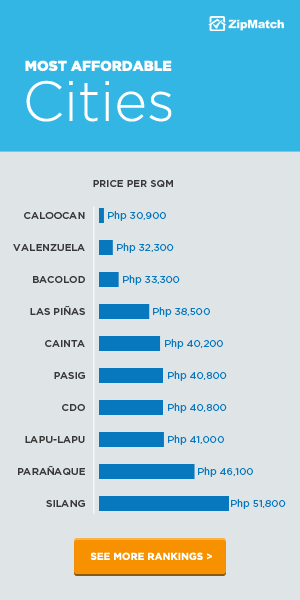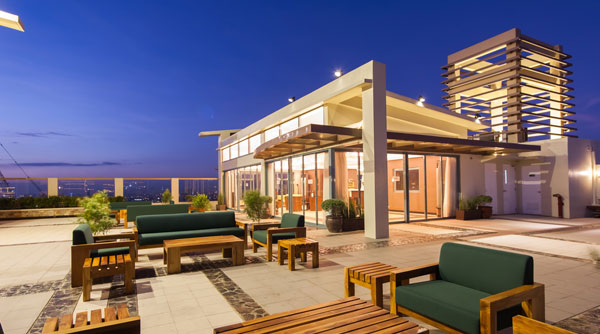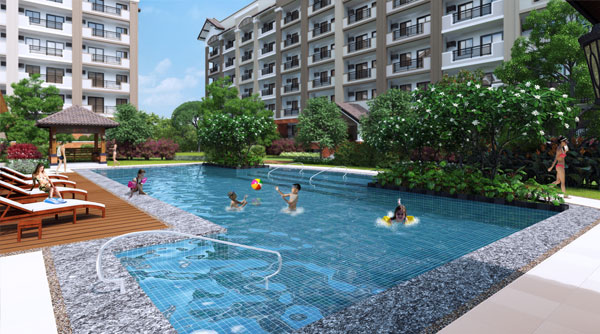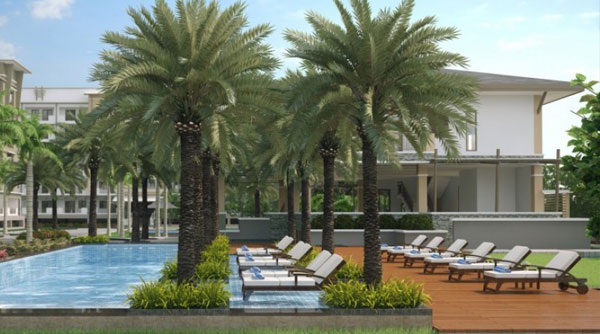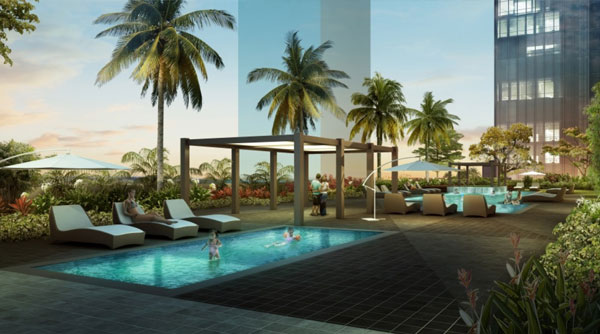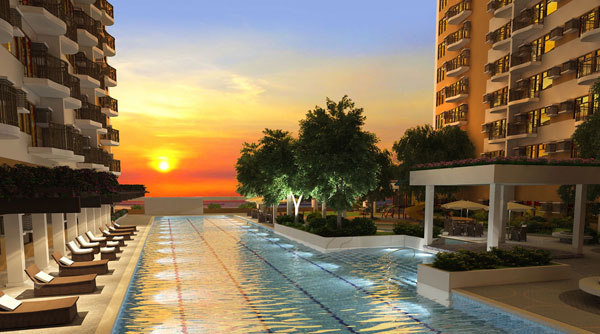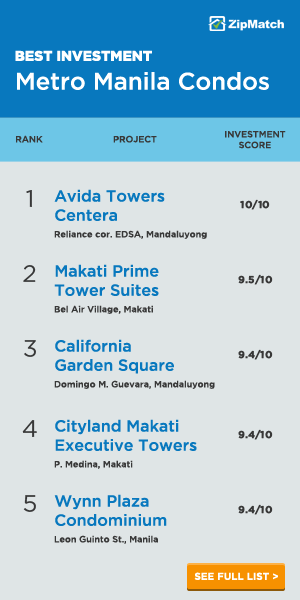To say that Manila’s residential property market is booming is an understatement. According to global estate consulting firm CBRE Philippines, an estimated 27,800 condo units from 167 projects were taken up in Metro Manila in 2012. The supply is only expected to rise at a faster rate until 2014. Property developers are expected to deliver 41,077 and 47,408 condo units by 2013 and 2014, respectively. Among these, 29,860 (for 2013 turnover) and 28,028 (for 2014 turnover) units have already been presold.
Over the past 10 years, residential condominiums and new township projects have mushroomed in many parts of Metro Manila and practically changed the skyline of the Philippine capital. Aside from the traditional central business districts of Makati and Ortigas, several others were launched and developed, such as Bonifacio Global City in Taguig and Eastwood in Quezon City. These districts are continuously being filled with high-rise buildings, many of which residential condominiums, to sate Filipinos’ newfound appetite for high-rise living.
However, despite the cutthroat market many developers are finding themselves now, condominium projects remain highly marketable. Ironically, the lack of efficient transport system and ever-worsening traffic congestions within the metropolis compel first-time homebuyers to settle near or within areas of their employment.
In addition, the lock-and-leave feature of condominium living has become one of the main reasons why urbanites—especially young professionals—prefer to acquire or lease this type of abodes.
There are several factors that drive urbanites preference for condominium lifestyle, according to industry experts and research firms:
- Given the huge supply, condos are now more affordable than ever as developers are in stiff competition to drive sales.
- Record-low interest rates make borrowing highly attractive.
- Most condo developments are also highly accessible and located near commercial and leisure areas.
According to CBRE Philippines chairman Rick Santos, the Philippines is experiencing democratization in the housing sector. From being a nation of renters, Filipinos are now aspiring to become homeowners.
“The modern Filipino household is becoming condominium dwellers attune to urban living within a live-play-work environment. Thus, the demand for affordable condominium unit continues to grow year on year.”
According to Santos, property developers have taken notice and started to shift their business model from one that focuses on high-end development to one that’s more attuned to current market needs. More reasonably priced condominium units are now available to cater to the growing middle-class population, he said. In fact, CBRE Philippines estimates that there are now approximately 300,000 households in Metro Manila that can afford a residential condominium with a contract price of at least Php1 million, mainly due to improving economic conditions and the strong business process outsourcing industry.



